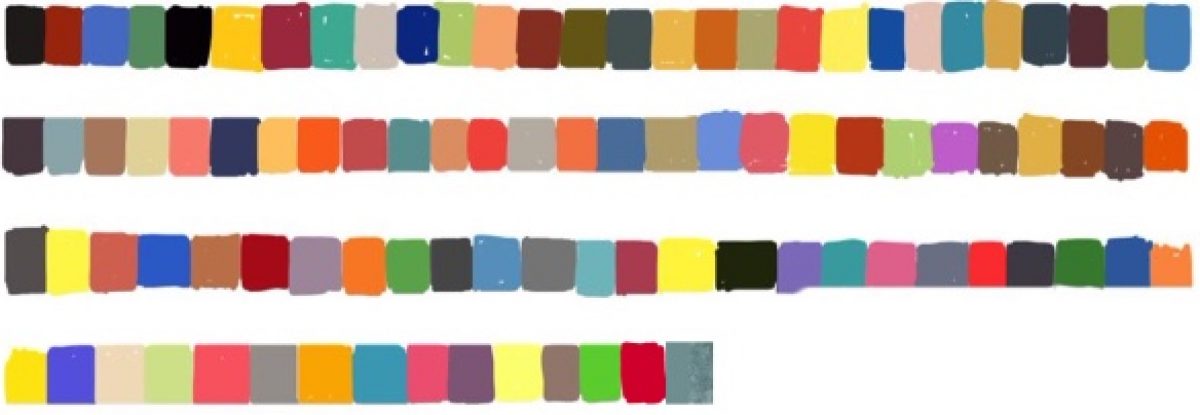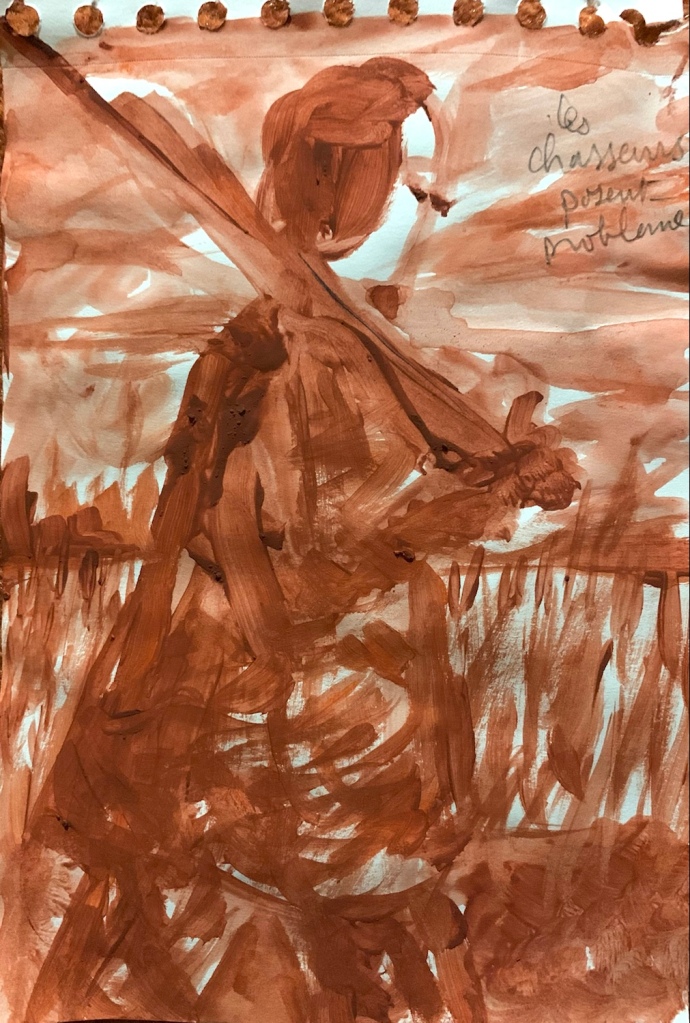
It seems that every country has a love affair with curry. From the mild curries of China to the spicy dishes of Southern India, these exotic spice blends have transformed global cuisine. In Europe, curry powder has been added to all kinds of dishes and chicken tikka masala has been declared Britain’s national dish. But how did curry conquer Britain and the rest of the world, and why has it proved so popular?
The spice trade and the beginnings of curry
We tend to think of British curry as a very recent addition to our cuisine, but we’ve actually been experimenting with spices for hundreds of years. It’s thought that medieval Crusaders returned from the Middle East with a taste for the unusual flavours they discovered there and brought them back to Britain. Use of spices such as caraway, cinnamon and cloves began to increase in Medieval Europe and a profitable trade sprang up. But the origins of curry date back much further than that. Historians believe that coastal traders and Buddhist monks travelled around Asia in the seventh century, moving aromatic spices around India, Thailand, Indonesia, China and the Phillipines.
The Victorians and their love of curry
Curry-style dishes were mentioned in 18th-century cookbooks but they didn’t become a huge hit in Britain until the reign of Queen Victoria, who is said to have enjoyed the curry dishes prepared for her by her Indian staff. Isabella Beeton even published curry recipes in her Book of Household Management in 1861, but these creamy, floury sauces with a sprinkle of curry powder and chopped apples bore little resemblance to the rich and fragrant authentic curries from India.
The 20th century: Curry takes off around the world
At the beginning of the 1900s curry was still a fashionable dish; chicken curry with rice was even served to passengers on the Titanic. But it was down to the Second World War and an increase in immigration that meant it really took off. In 1949, the currywurst – a frankfurter covered in a tomato and curry sauce – was invented by a Berlin housewife who traded alcohol with foreign soldiers in return for spices. She then added curry powder to her regular frankfurter sauce and the rest is history. According to the Currywurst Museum in Berlin, 800million currywursts are now sold each year in Germany alone. Elsewhere in Europe, Indian families started to run cafés, restaurants and fish and chip shops, serving curry sauce alongside battered cod and chips. Curry powder was now being added to recipes around the world, leading to the creation of dishes such as Singapore noodles, mulligatawny soup, and tandoori-style grilled meats and satays.
Curry politics and chicken tikka masala
As the often-told story goes, a British customer at an Indian restaurant in the 1950s asked the chef for some sauce to go with his chicken tikka. The chef quickly stirred together a creamy, spiced tomato-based sauce, inventing the chicken tikka masala. There is some controversy as to where this took place (Glasgow, Newcastle, Birmingham or even India) but it soon became Britain’s favourite curry. It even became an unlikely political tool, when Foreign Secretary Robin Cook referred to it in a 2001 speech as a symbol of cultural unity. “It is a perfect illustration of the way Britain absorbs and adapts external influences,” he said, proclaiming it our national dish.
The reason for its global success
Perhaps the main reason that curry has been such a global success is down to its versatility. The heat, flavour and texture of the dish can be adapted to suit the individual tastes of different nations; for example, the pale, mild curries of China and the sweeter, fruity curries of Japan. The British like their curries smothered in sauce, while many Indian curries are dry. Indonesian cooks have added spices such as cumin and turmeric to their own dishes, creating silky, fragrant coconut-based curries. Whether it’s fish, tofu, meat, vegetables or pulses, everything goes with curry. The trendy fusion scene also owes much to these flavours, with the creation of Indian-style burritos, tikka pizzas, Asian tapas and even pasta served with a curry sauce. All this goes to show how versatile and broad the term ‘curry’ can be and how it’s become so well-loved around the world.
Yahoo news
–
–
–
–
–
–
–
–
–
—
–
–
–
–
–
–
–
–
–
–
–
–
–
–
–
–
—
–
–
–
–
–
–
–
–
–
–
–
–
—
–
–
–
–
–
–
–
–
—
–
–
–
–
–
–
–
–
–
–
–
–
–
–
–
–
—
–
–
–
–
–
–
–
–
–
–
–
–
–


















































